Filter News
Area of Research
- (-) Computer Science (3)
- (-) Materials (12)
- Advanced Manufacturing (6)
- Biology and Environment (8)
- Building Technologies (1)
- Clean Energy (45)
- Climate and Environmental Systems (1)
- Computational Engineering (1)
- Electricity and Smart Grid (1)
- Fusion and Fission (2)
- Isotopes (2)
- Materials for Computing (8)
- Mathematics (1)
- National Security (1)
- Neutron Science (3)
- Quantum information Science (1)
- Renewable Energy (1)
- Sensors and Controls (1)
- Supercomputing (4)
- Transportation Systems (1)
News Type
Media Contacts

Oak Ridge National Laboratory, University of Tennessee and University of Central Florida researchers released a new high-performance computing code designed to more efficiently examine power systems and identify electrical grid disruptions, such as

To minimize potential damage from underground oil and gas leaks, Oak Ridge National Laboratory is co-developing a quantum sensing system to detect pipeline leaks more quickly.

Oak Ridge National Laboratory researchers designed and field-tested an algorithm that could help homeowners maintain comfortable temperatures year-round while minimizing utility costs.
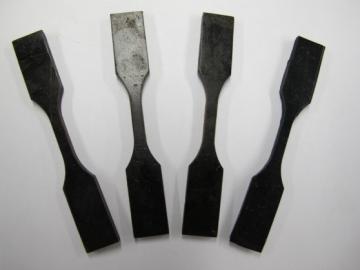
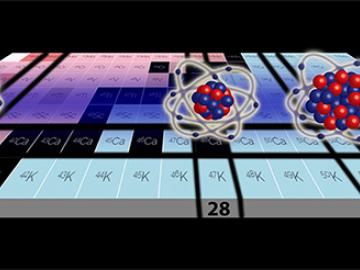
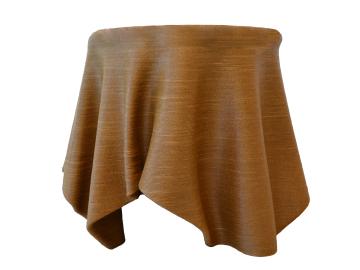
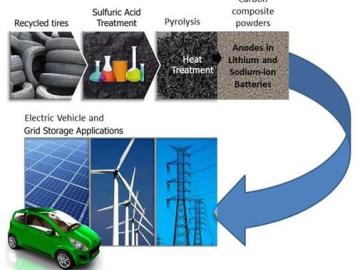
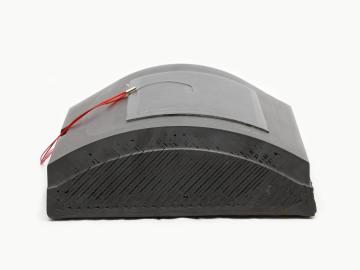
A successful test of 3D-printed thermoplastic molds demonstrates the potential of additive manufacturing in the tooling industry. Researchers at Oak Ridge National Laboratory’s Manufacturing Demonstration Facility collaborated with a team of industry partners to 3D-print and machine se...
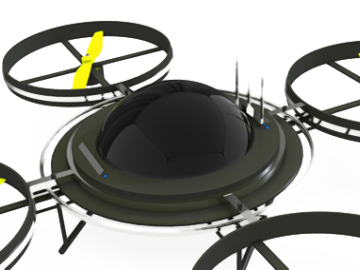
With the creation of the Unmanned Aerial Systems Research Center (http://uasresearch.ornl.gov), Oak Ridge National Laboratory makes available tools and capabilities with applications in environment, energy





